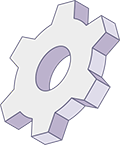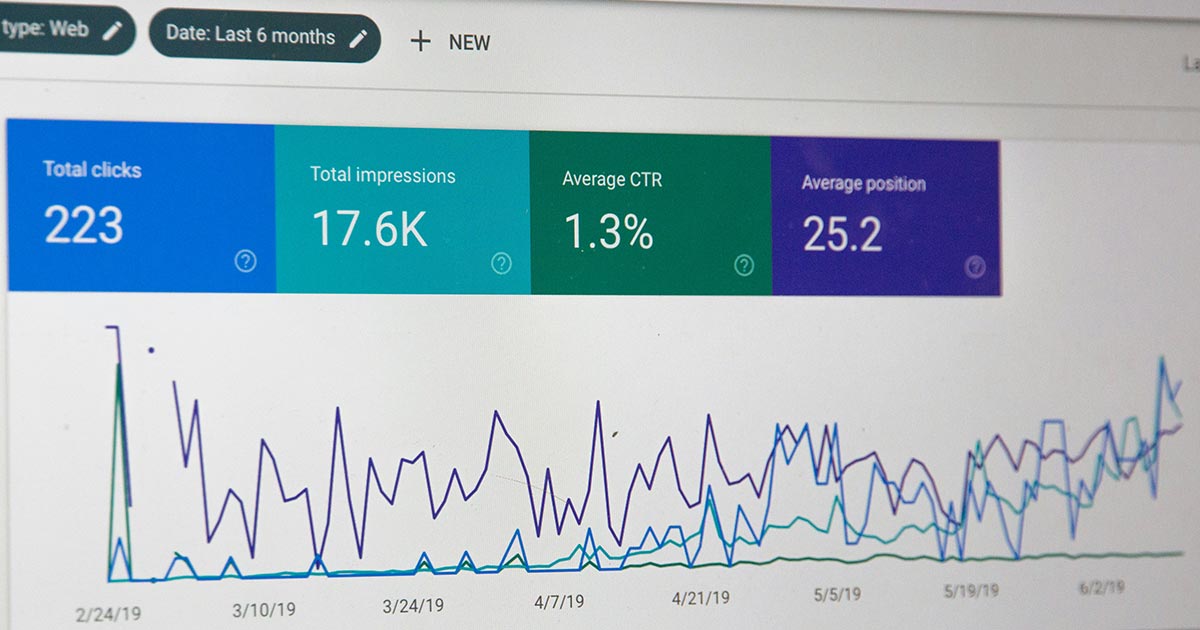




How Performance, Caching, and Technical SEO Affect Website Bounce Rate and Conversions
In the competitive digital landscape, the performance of your website is a critical factor that influences both bounce rates and conversions. Ensuring your site is fast, efficient, and optimized for search engines can significantly enhance user experience and drive business success. At Masthead Technology, we understand the importance of these elements and how they interconnect to impact your website’s performance. Here’s a detailed look at how performance, caching, and technical SEO affect website bounce rate and conversions.
Website Performance
Load Times
Speed Matters: Studies show that users expect a website to load in 2 seconds or less. Slow load times frustrate users, leading to higher bounce rates as visitors abandon the site before it fully loads. A fast-loading site provides a seamless user experience, encouraging visitors to stay longer and engage with your content.
Impact on Conversions: Faster websites provide a smoother user experience, encouraging visitors to stay longer and engage with your content. Improved load times can lead to higher conversion rates as users are more likely to complete desired actions. Every second of delay can result in significant revenue loss, making speed optimization a priority.
Mobile Optimization
Responsive Design: Ensuring your website is optimized for mobile devices is crucial. A mobile-friendly site adapts to different screen sizes, providing a seamless experience across all devices. This reduces bounce rates and increases the likelihood of conversions from mobile users. With the increasing number of mobile users, a responsive design is essential for retaining visitors.
Accelerated Mobile Pages (AMP): Implementing AMP can further enhance mobile performance, ensuring that pages load almost instantly on mobile devices. AMP strips down pages to essential content, speeding up load times and improving user experience.
Caching
Browser Caching
Storing Resources Locally: Browser caching stores frequently accessed resources like images, scripts, and stylesheets on the user’s device. This reduces the need to re-download these elements on subsequent visits, speeding up page load times. Faster repeat visits enhance the user experience, reducing bounce rates as users can access content quickly and efficiently.
User Experience: Faster repeat visits enhance the user experience, reducing bounce rates as users can access content quickly and efficiently. By storing resources locally, browser caching minimizes the time needed to load pages, especially for returning visitors.
Server Caching
Reducing Server Load: Server-side caching, such as page and object caching, stores dynamic data in a readily accessible format. This reduces the load on the server, allowing it to handle more traffic without slowing down. By serving cached content, the server can deliver pages faster, improving overall site performance and user satisfaction.
Improved Performance: Faster performance leads to lower bounce rates and higher conversion rates as users enjoy a more responsive site.
Content Delivery Networks (CDNs)
Global Distribution: CDNs store copies of your website’s content on servers distributed globally. When a user requests a page, the CDN serves it from the nearest server location, reducing latency and improving load times. CDNs enhance reliability, ensuring your site remains accessible even during traffic spikes or server outages.
Enhanced Reliability: CDNs also provide added security and redundancy, ensuring your site remains accessible even during traffic spikes or server outages. This reliability fosters user trust and encourages conversions.
Technical SEO
Optimized Site Structure
Crawlability: Ensuring that search engines can easily crawl and index your site is essential for technical SEO. A well-structured site with clear navigation and an XML sitemap improves search engine visibility and user experience. Search engines can better understand and rank your site when the structure is optimized.
Internal Linking: Effective internal linking guides users to relevant content, reducing bounce rates by keeping them engaged longer. It also helps search engines understand the relationship between different pages on your site. Strategic internal links can improve the user journey and boost SEO.
Page Speed Optimization
Core Web Vitals: Google’s Core Web Vitals measure aspects of web page performance, including loading speed, interactivity, and visual stability. Optimizing these metrics can improve your search engine rankings and enhance user experience. High scores in Core Web Vitals are crucial for both SEO and user satisfaction.
Compression and Minification: Reducing the size of HTML, CSS, and JavaScript files through compression and minification speeds up page load times, reducing bounce rates and improving conversions. Smaller files load faster, which is critical for maintaining user interest.
Structured Data
Rich Snippets: Implementing structured data, such as schema markup, helps search engines understand your content better and can enhance search results with rich snippets. These snippets can increase click-through rates, driving more traffic to your site. Rich snippets provide additional information, making your search listings more attractive.
Enhanced Visibility: Improved search visibility through rich snippets can attract more qualified visitors, who are more likely to engage and convert. Structured data helps search engines present your content in a more informative and appealing manner.
Conclusion
Website performance, caching, and technical SEO are interconnected elements that significantly influence bounce rates and conversions. By optimizing these aspects, you can create a fast, efficient, and user-friendly website that attracts and retains visitors, driving higher engagement and conversions. At Masthead Technology, we specialize in implementing these strategies to enhance your website’s performance and ensure your business thrives in the digital landscape. Contact us today to learn how we can help you optimize your website for maximum impact.
FAQs
How can I improve my website’s load times? You can improve load times by optimizing images, leveraging browser caching, using a CDN, and minimizing JavaScript and CSS files. Ensuring your hosting provider offers fast server response times is also crucial.
Why is mobile optimization important for my website? Mobile optimization is essential because a significant portion of web traffic comes from mobile devices. A mobile-friendly site ensures that all users have a positive experience, regardless of the device they use.
What is browser caching and how does it help? Browser caching stores frequently accessed resources on the user’s device, reducing the need to re-download them on subsequent visits. This speeds up page load times and improves user experience.
How does a CDN improve website performance? A CDN stores copies of your website’s content on servers distributed globally. When a user requests a page, the CDN serves it from the nearest server location, reducing latency and improving load times.
What are Google’s Core Web Vitals? Google’s Core Web Vitals are metrics that measure key aspects of web page performance: loading speed, interactivity, and visual stability. Optimizing these metrics can improve your search engine rankings and user experience.
How can Masthead Technology help with website performance and SEO? Masthead Technology offers comprehensive services to enhance website performance and SEO. Our experts implement best practices for speed optimization, caching, and technical SEO, ensuring your site performs at its best and ranks well in search engines.

